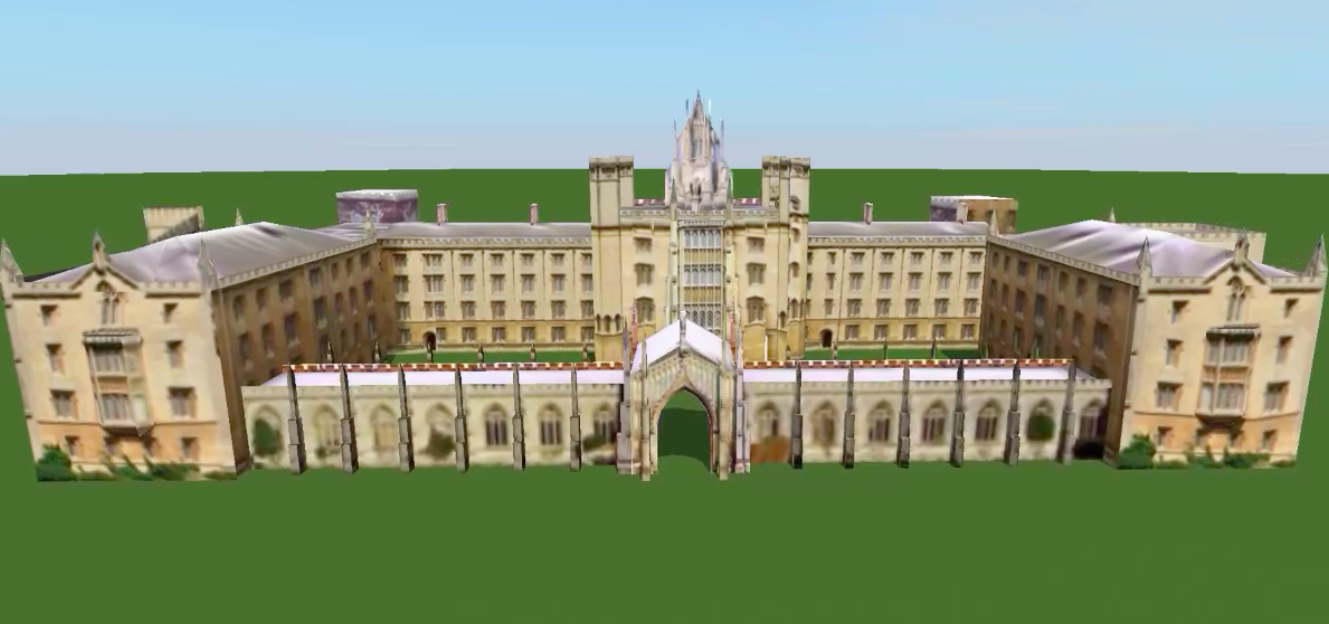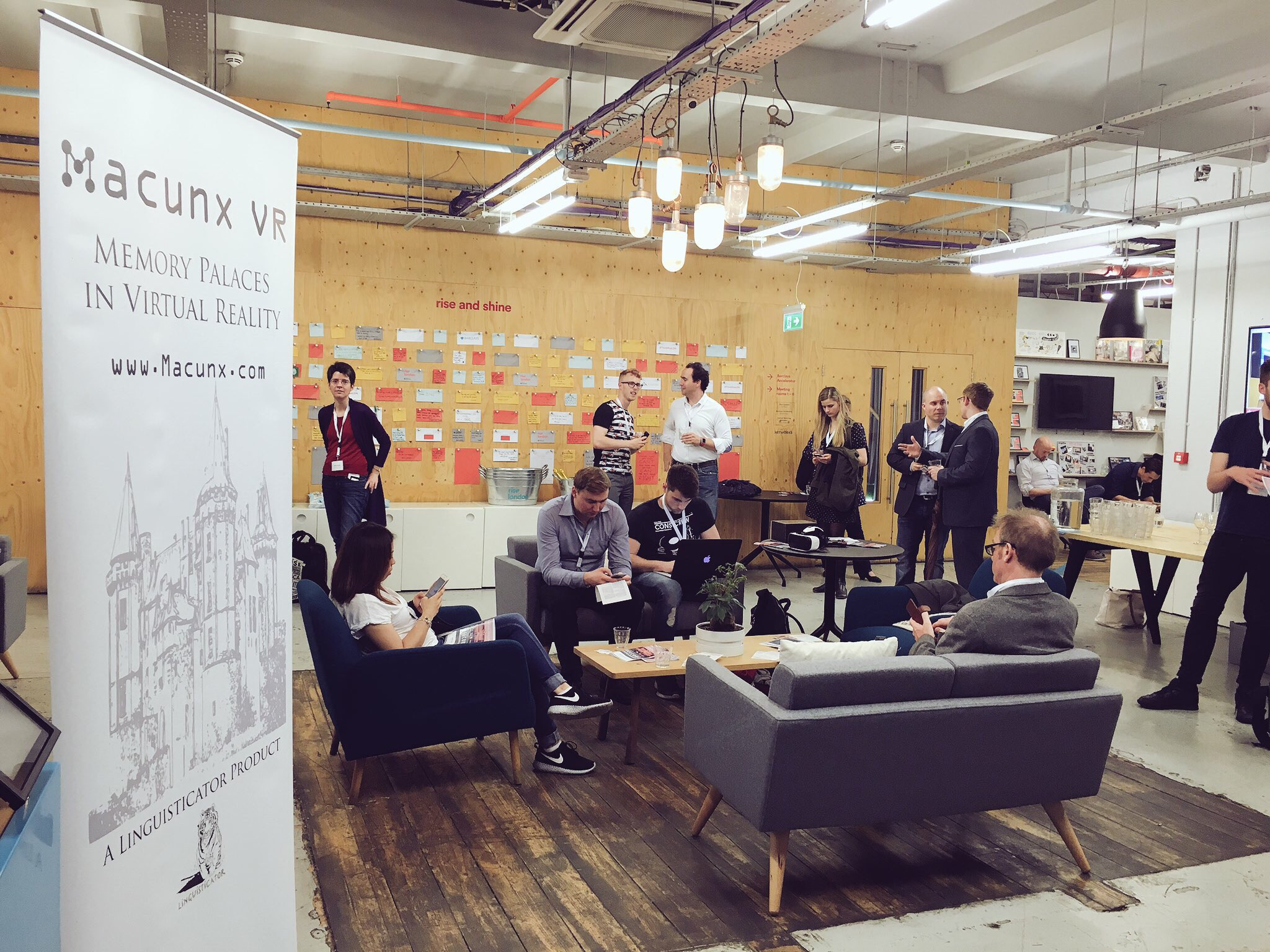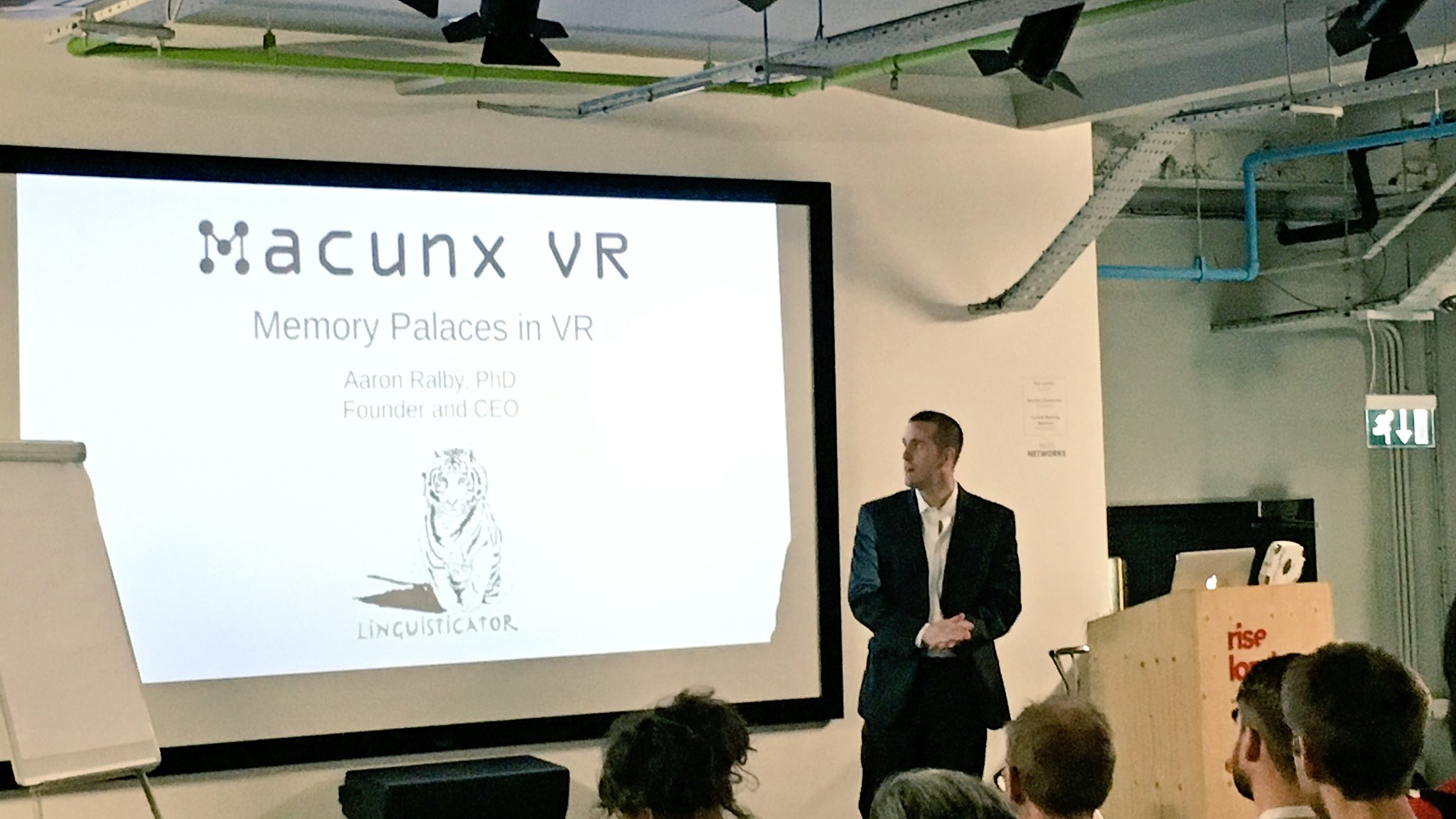But Macunx hopes to go way beyond simply offering students a VR system that can provide them with a bit of light relief from their textbooks; it’s based on an idea Dr Ralby believes can fundamentally change how people learn.
“People are generally very good at navigating and remembering three-dimensional spaces, but not very good at remembering textual or numerical information,” he tells Digital Trends. “That’s because textual and numerical information takes the form of a bunch of symbols you can’t experience in the same direct way that you can the world around you. What we’re trying to do with Macunx VR is to come up with a means to allow people to learn complex subjects, with large amounts of information, using immersive environments they can explore. It means taking symbolic information and turning it into something tangible. If you can do that, and use space as a way of organizing it, people are capable of learning a lot of information very, very quickly.”
Macunx calls its virtual environments “memory palaces.” They are, in essence, visual, spatial learning spaces which, Dr Ralby says, will enable users to memorize new languages or facts at a previously unimaginable speed. Techniques for visualizing information in this way dates back thousands of years, but previously it relied on the imagination of learners. Thanks to virtual reality, that no longer has to be the case.
But why in a world where facts are just a mobile Google search away, should we be focusing on learning things by rote? “Memory is typically thought of today as just being about the storage of information,” Ralby continues. “But it didn’t used to be: it used to be thought of as something that was creative. The reason memory is creative is because it allows you to create associations between concepts and compose new ideas. If you have committed things to memory it lets you see connections you might not have be able to if you have to look them up.”
Could Macunx VR become the MOOC (Massive Open Online Courses) platform people are hoping for? Long-term, the plan is that users will be able to create and market their own guided modules — like an App Store for memory palaces. Will it happen? Support the Kickstarter and keep your fingers crossed!







